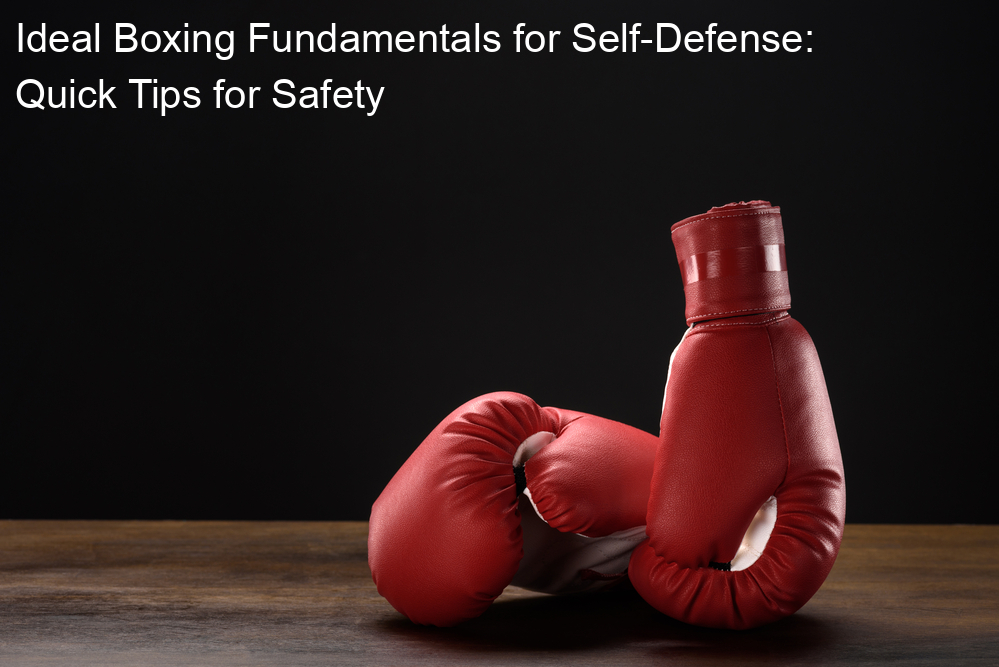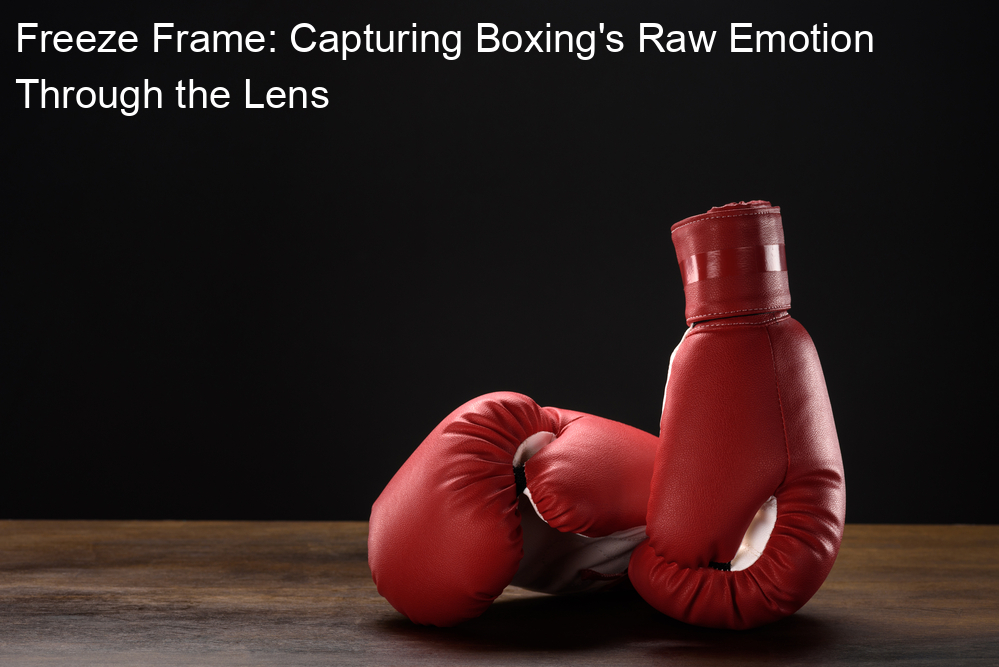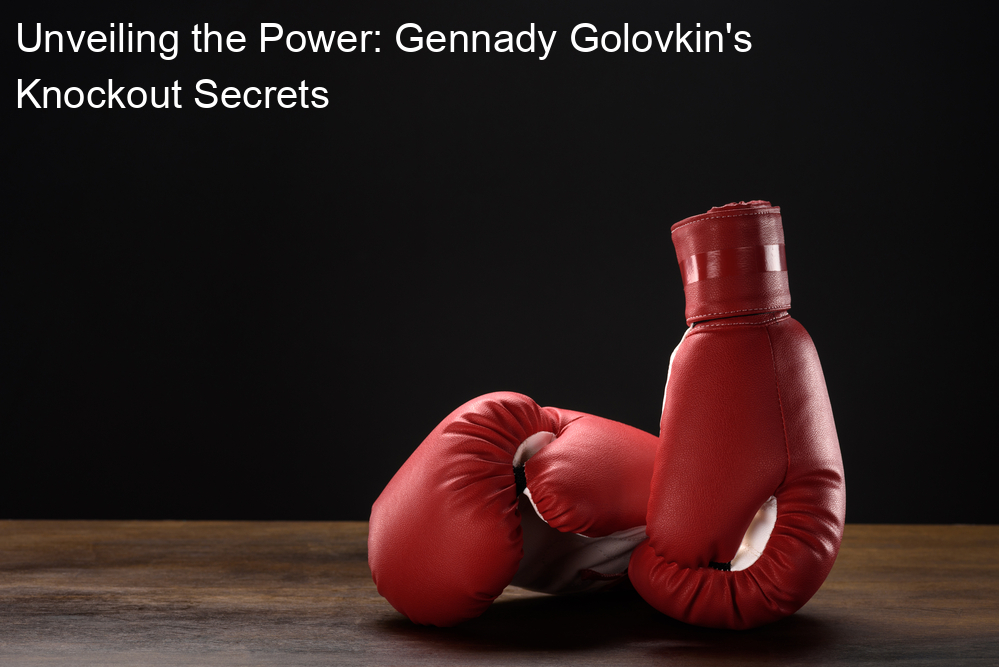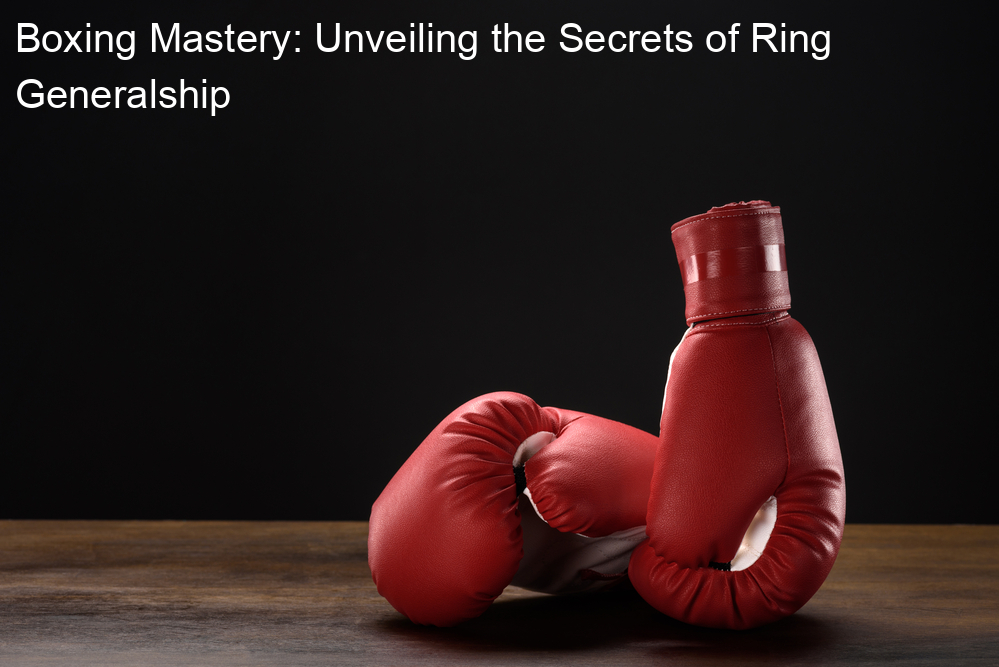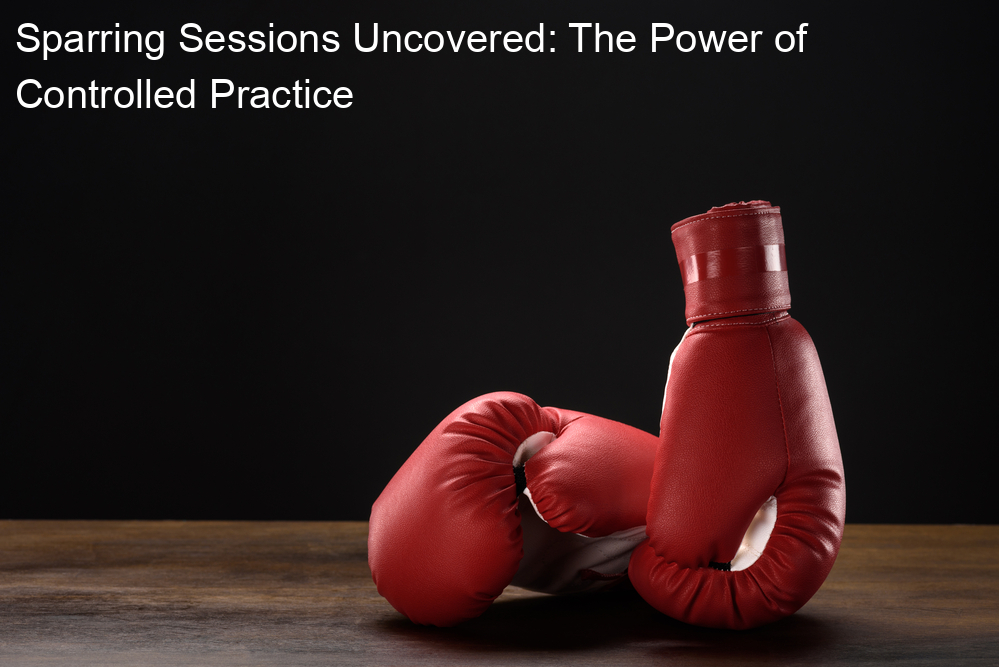Boxing is often considered a competitive sport, but it can also be an effective method for self-defense.
By learning ideal boxing fundamentals, anyone can develop the skills necessary to protect themselves in various situations.
With its focus on striking, footwork, and defensive techniques, boxing can give you the confidence and ability needed to handle any potential threats.
The key to effectively utilizing boxing for self-defense starts with mastering the essentials, such as perfecting your stance and basic techniques.
This enables you to generate power and speed in your punches while maintaining balance and control.
Moreover, incorporating advanced footwork and defensive strategies can turn boxing into a powerful self-defense weapon.
Key Takeaways
- Mastering essentials like stance and techniques build a strong foundation for self-defense
- Enhancing punching power and speed, along with advanced footwork, results in effective self-protection
- Training, nutrition, and fitness play a crucial role in developing efficient boxing skills for self-defense
The Essentials of Boxing Stance
When it comes to self-defense, I find the boxing stance to be a crucial aspect in ensuring a good foundation.
Having the right stance not only helps in maintaining balance but also prepares me for effective striking and defending against potential threats.
In order to adopt the ideal boxing stance, I focus on a few key areas. First off, my foot position is important.
I maintain a shoulder-width distance between my legs, with the lead foot slightly pointing forward and the back foot at a 45-degree angle.
This position allows me to properly distribute my weight and maintain the necessary balance.
Next, I pay close attention to the position of my upper body. I keep my back straight and slightly lean forward, making sure my chin is tucked in and my hands are up in a guarding position.
This helps protect me from incoming strikes and keeps my body in a strong position for counterattacks.
When working on my balance, I make sure to bend my knees slightly and distribute my weight equally on both legs.
Proper footwork and movement are essential, so I always stay on the balls of my feet and avoid staying flat-footed.
This provides me with the agility and quickness I need to stay safe.
While adopting the boxing stance, my focus remains on keeping it natural, comfortable, and adaptable to the situation.
There’s no one-size-fits-all approach, and I find it helpful to make adjustments based on my body type and personal preferences.
A well-executed boxing stance is key to effective self-defense.
Concentrating on foot position, upper body positioning, and maintaining balance can improve my chances of staying safe and protecting myself.
Basic Boxing Techniques
The Perfect Jab
The jab is a fundamental technique in boxing. It’s a quick punch that helps maintain distance and keep the opponent off balance.
To throw a perfect jab, I start with a relaxed stance, feet shoulder-width apart. My lead hand snaps straight out, making sure that the fist is turned slightly inwards, making contact with the front knuckles.
I make sure to pull it back just as quickly so I’m ready to throw another punch or defend.
Mastering the Uppercut
The uppercut is a powerful punch that comes in handy for close-range situations.
To execute this technique, I bend my knees, shift my weight to the back foot, and rotate my hips as I drive my back fist upwards.
I make sure to aim for my opponent’s chin or solar plexus, keeping my other hand up for defense.
Hooks and Their Power
Hooks are essential for generating power, especially at mid-range. To throw a powerful hook, I pivot on my lead foot, put my weight on my back foot, and turn my hips.
My lead arm is bent at a 90-degree angle, with the fist at shoulder height. I aim for my opponent’s head or body and make sure to keep my other hand in a defensive position.
Proper Use of Elbows and Knees
In self-defense situations, elbows and knees can be very effective. To strike with my elbow, I bring my arm up, keeping it close to my body, and strike using the point of the elbow.
To strike with my knee, I grab my opponent’s shoulders or neck and drive my knee up and into their body.
These techniques can deliver a lot of force, so it’s important to use them wisely.
Remember to pay attention to proper technique and practice these essential boxing moves regularly.
They will become valuable tools in your self-defense arsenal.
Enhancing Punching Power and Speed
When it comes to self-defense, improving your punching power and speed is essential.
I’ve found that a combination of training techniques, practice, and proper form can make a significant difference in how quickly and effectively I can deliver my punches.
First and foremost, I work on proper technique.
Aligning my body correctly and practicing the right footwork ensures that I’m able to generate maximum power through my hips and legs, transferring it through my core and shoulders and, ultimately, into my fists.
Drills such as shadowboxing or practicing on a heavy bag helps sharpen muscle memory and refine my technique.
Additionally, I focus on strength and conditioning exercises to enhance my overall punching power.
Incorporating exercises such as push-ups, pull-ups, and resistance band training helps develop the muscles used in punching.
Strengthening my core with exercises like planks and leg raises ensures I’m able to generate power from the ground up, resulting in more powerful punches.
To increase my punching speed, I practice plyometric exercises and high-intensity interval training (HIIT).
These workouts help develop fast-twitch muscle fibers, which are responsible for rapid movements.
I also like to incorporate speed bag drills and timed punching sessions to gauge my progress and push myself to develop quicker hands.
Lastly, I understand the importance of relaxation and recovery. Overtraining can lead to fatigue and reduced performance, so I make sure to allow adequate rest between training sessions.
Proper self-care, including a balanced diet and quality sleep, helps ensure that my body is prepared to perform at its best.
By focusing on these key elements, I’ve been able to enhance my punching power and speed.
This has not only improved my self-defense skills but also helped me build confidence in my abilities to protect myself and others when needed.
Effects of Advanced Footwork
As a self-defense enthusiast, I’ve noticed that advanced footwork plays a crucial role in boxing, particularly for self-defense purposes.
Let me share a few thoughts on how mastering footwork can help you in different situations.
First of all, maintaining proper distance is essential in any self-defense scenario. By improving my footwork, I’ve found that I’m able to gauge the distance between me and my opponent much better.
This allows me to stay out of reach when necessary and close the gap when I need to land my own strikes.
When it comes to running or escaping from a dangerous situation, having nimble footwork can make all the difference. Training my footwork in boxing has made me more agile and quick on my feet.
This has greatly improved my ability to flee when the situation gets too dangerous or overwhelming, potentially saving my life.
Lastly, advanced footwork not only helps my safety but also increases the effectiveness of my strikes.
Being able to swiftly change angles or effortlessly transition from offense to defense has made my self-defense techniques much more powerful.
An opponent who is unable to predict my movements will have a harder time defending against my attacks.
As you can see, dedicating time to improving footwork can greatly enhance your self-defense abilities.
Not only will you be able to maintain optimal distance and escape dangerous situations more efficiently, but you will also deliver much more effective strikes.
Remember, strong footwork provides a solid foundation for your overall self-defense strategy.
Defensive Boxing Techniques
Blocking and Parrying
I find that blocking and parrying are two essential defensive boxing techniques for self-defense.
Blocking is all about using my arms and hands to protect my face and body from incoming punches.
To effectively block punches, I ensure that I have a tight guard by keeping my hands up and elbows close to my body.
Parrying involves deflecting or redirecting an opponent’s punch with a swift hand movement.
With parrying, I primarily focus on using my front hand to swat away incoming punches. I find it crucial to remember not to push too hard when parrying, as doing so could leave me off balance and open for an attack.
Slipping and Bob and Weave
Another technique I use is slipping, which requires moving my head and upper body to avoid incoming punches.
It involves slightly shifting my head either to the left or the right, just enough to dodge an opponent’s attack.
Quick reflexes and good head movement are vital in making this technique effective.
I also like to utilize the bob and weave technique, which allows me to escape from an opponent’s strike by bending at the waist and moving under their punch.
The key to bob and weaving is to maintain proper balance while moving, staying low, and keeping my feet apart.
Catch and Clinching
Catch and clinching are two more defensive techniques that help me neutralize an opponent’s offense.
“Catch” refers to catching a punch on my glove or forearm and immediately countering with my own punch.
This technique is particularly useful for opponents who leave themselves open after throwing punches.
Clinching is a tactic where I would tie up my opponent’s arms by grabbing onto them.
This not only helps me avoid damage but also gives me an opportunity to recover and control the pace of the fight.
To clinch effectively, I make sure to maintain a strong grip on my opponent and be mindful of my own balance to avoid giving them an advantage.
By incorporating these defensive boxing techniques into my self-defense arsenal, I feel more confident and prepared to protect myself when faced with a threatening situation.
Importance of Training and Sparring
In my experience, proper training and sparring are crucial to developing solid boxing fundamentals for self-defense.
Training allows me to build my strength, agility, and cardiovascular health while sparring helps me hone important skills under realistic conditions.
When I dedicate time to my boxing training, I’m not only working on my punches but also on my footwork, head movement, and overall techniques.
Having a trainer by my side is essential, as they can provide guidance, monitor my progress, and correct mistakes before they become bad habits.
This focused approach ensures that I’m constantly improving and staying safe.
Sparring with partners is an integral part of my boxing journey. This is when I apply my newly learned techniques against a live opponent in a controlled environment.
It simulates a real-life scenario, highlighting areas that need improvement. Having a variety of partners is vital because it exposes me to different fighting styles and strategies, ultimately preparing me for any situation that may arise.
Just like training, sparring helps boost my confidence and build reflexes, which are essential components of self-defense.
To make the most of my training and sparring sessions:
- I always set clear objectives for what I want to achieve during each session.
- I mix things up by incorporating both speed and power drills to keep my workouts challenging and engaging.
- Communication with my trainer and sparring partners is key, so I do not hesitate to ask for advice or feedback.
- Patience and perseverance play a major role in my development. Rome wasnʼt built in a day, and neither are my boxing skills. Steady progress keeps me motivated and on track.
By following a structured training regimen and frequently engaging in sparring sessions, I’ve significantly improved my boxing capabilities.
Ultimately, this has made me a more skilled and confident self-defense practitioner.
Boxing as a Self-Defense Tool for Beginners
When it comes to self-defense, martial arts like boxing can be a useful and effective tool.
As a beginner, I found that learning boxing fundamentals not only improved my physical fitness but also gave me the confidence to defend myself in potentially dangerous situations.
In this section, I will share some of the benefits and techniques involved in using boxing for self-defense.
Boxing, as opposed to other martial arts like kickboxing, mainly focuses on using your fists for striking.
This makes it a more accessible form of self-defense for beginners, as it requires less flexibility and coordination than techniques that involve using your feet.
One of the first things I learned in boxing was how to properly stand and move. A solid stance and good footwork are essential for both offensive and defensive purposes.
Maintaining a balanced stance allows you to defend against strikes and throw punches effectively, while proper footwork helps you move in and out of range quickly and smoothly.
Another important aspect of boxing for self-defense is mastering various types of punches.
There are four basic punches in boxing:
- Jab: a quick, straight punch
- Cross: a powerful straight punch with the rear hand
- Hook: a short, curved punch from the side
- Uppercut: a rising punch aimed at the opponent’s chin
By practicing these different punches, I gained the ability to throw accurate and effective strikes that could fend off an attacker.
When it comes to self-defense, blocking and evading punches are just as important as being able to throw them.
In boxing, I learned how to slip and duck under punches, as well as to use my forearms and gloves to deflect incoming strikes.
This taught me to protect myself and minimize the damage I might receive in a confrontation.
It’s essential to note that while boxing can be an effective self-defense tool, it should not be your only option.
I found it helpful to supplement my boxing training with other martial arts like Brazilian Jiu-Jitsu or Krav Maga for a more well-rounded skillset.
Even if you only practice boxing in the comfort of your own home, working on fundamentals like footwork, punches, and defense can help boost your confidence and make you feel more prepared for any potential threats.
Just remember, the goal of self-defense is to keep yourself safe, not to prove yourself in a fight.
Boxing vs Other Martial Arts
As a passionate boxer, I find boxing to be an effective martial art for self-defense.
Nonetheless, I also understand the strengths of other martial arts such as MMA, Muay Thai, Krav Maga, Brazilian Jiu-Jitsu, and Mixed Martial Arts.
Let’s briefly discuss the differences and advantages of each.
MMA (Mixed Martial Arts) combines various martial arts styles, incorporating techniques from boxing, wrestling, and Brazilian jiu-jitsu, among others.
This combination allows practitioners to be well-rounded in both striking and grappling aspects of self-defense.
Regardless, MMA’s broad scope might make it challenging for beginners to master all elements quickly.
Muay Thai is known as the “Art of Eight Limbs” as it utilizes the hands, elbows, knees, and shins for striking.
This martial art offers powerful and diverse strikes and can be effective in close-quarters self-defense.
Yet, it may lack the ground fighting techniques present in other martial arts like Brazilian Jiu-Jitsu.
Krav Maga is a practical self-defense system developed by the Israeli military.
It focuses on real-world situations and provides a no-nonsense approach to self-defense, using techniques from various martial arts.
Krav Maga might be the best option for those who seek practical and quick learning without the need to master a sophisticated martial art.
Brazilian Jiu-Jitsu (BJJ) is a grappling-based martial art with an emphasis on ground fighting and submissions. It’s highly effective in situations where the fight goes to the ground.
BJJ enables smaller individuals to defend themselves against larger opponents using leverage and technique.
Its primary focus on grappling may leave practitioners vulnerable to striking attacks.
When comparing boxing to these other martial arts, boxing’s key strengths lie in its powerful strikes and a strong emphasis on footwork and defense.
This combination makes boxing excellent for self-defense, especially in situations where maintaining distance is necessary.
Boxing lacks the diverse range of strikes found in Muay Thai and the grappling techniques present in BJJ and MMA.
In the end, choosing the most suitable martial art for self-defense depends on personal preferences and the specific situations one might encounter.
While I find boxing to be a great option, each martial art offers unique benefits.
It’s essential to explore and consider multiple disciplines before committing to the one that meets your needs and interests.
Incorporating Nutrition and Fitness into Boxing
As a boxer focusing on self-defense, I understand the importance of incorporating nutrition and fitness into my routine.
For optimal results in skill development, it’s crucial to pay attention to what I consume and the exercises I engage in.
In this section, I’ll share my approach to a well-rounded boxing fitness regimen.
Firstly, I know that the fuel I put into my body is important. I focus on consuming a balanced diet that meets my needs for calories and micronutrients.
This includes lots of fresh fruits, vegetables, lean protein sources, and healthy fats.
Consuming an appropriate amount of calories is essential in maintaining my energy levels during intense training sessions.
Fitness plays a huge role in my boxing success. A combination of aerobic and anaerobic exercises helps improve my overall physical conditioning.
I engage in aerobic activities like running, swimming, or biking to build endurance. This type of training increases my lung capacity and helps maintain a strong cardiovascular system.
In addition to aerobic training, I also incorporate high-intensity interval training (HIIT) into my workouts.
HIIT involves short bursts of vigorous exercise followed by periods of rest or low-intensity activity.
This form of training helps me develop my explosive power and speed, which are crucial for effective self-defense techniques.
Bone density is another important factor in preventing injury during boxing.
I perform exercises such as weight lifting and plyometrics to increase my bone density and maintain overall strength.
By focusing on nutrition and implementing a well-rounded fitness routine that includes aerobic, HIIT, and bone-strengthening exercises, I can enhance my boxing fundamentals for self-defense and be prepared for any adversities that I may face.
Frequently Asked Questions
What are the essential techniques for self-defense boxing?
In self-defense boxing, the essential techniques include proper stance, footwork, jab, and straight punch.
The stance provides balance and stability, while footwork allows me to move in and out to hit my target.
The jab is my quickest weapon and serves as a range finder. Lastly, the straight punch has the advantage of reach and power.
How does footwork play a role in boxing for self-defense?
Footwork is vital in self-defense boxing as it enables me to maintain a proper distance, evade attacks, and create angles for my shots.
I can use different footwork patterns like the pivot, side step, and shuffle to keep my opponent guessing and improve my chances of success.
Are there specific punches that are more effective in self-defense situations?
In self-defense situations, simplicity is key. The jab and straight punch are highly effective because they’re quick, have good reach, and can be thrown with power.
Uppercuts and hooks can be useful in close-quarter situations, but focusing on the basics will yield the best results.
How important is defense and counterpunching in street fights?
Defense and counterpunching play a critical role in street fights.
Protecting myself from my opponent’s attacks is necessary to avoid damage, while effective counterpunching takes advantage of their openings during the assault.
A well-timed block, slip, or parry can set up opportunities for strong counterattacks.
How does boxing compare to other martial arts for self-defense?
Boxing emphasizes striking techniques, making it an effective option for self-defense.
Other martial arts, such as Brazilian Jiu-Jitsu, focus on grappling and submissions, while Muay Thai incorporates knees, elbows, and clinching.
When it comes to self-defense, multiple disciplines can complement each other well, but boxing’s focus on footwork, distance, and powerful punches makes it an essential part of any self-defense repertoire.
What should I expect when enrolling in a self-defense boxing class?
When enrolling in a self-defense boxing class, expect to learn fundamental boxing techniques, as well as how to apply them effectively in self-defense situations.
I’ll work on my stance, footwork, punches, and defense while also practicing awareness, reflexes, and cardiovascular fitness.
The class will challenge me mentally and physically, providing a solid foundation for personal self-defense.

